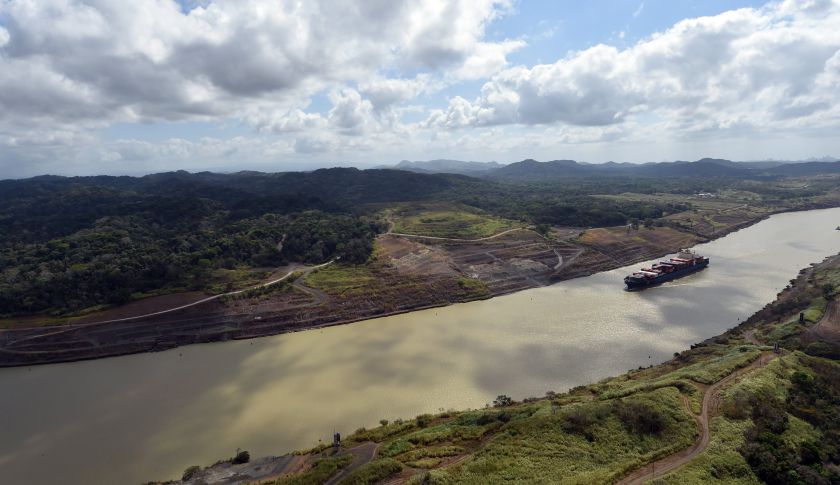Fortune had an article on a new report that predicts a dramatic shift for ocean shipping after the Panama Canal expansion opens—but not everyone’s aboard.
The expansion of the Panama Canal to accommodate more and larger ocean traffic is going to have a profound effect on the U.S. logistics landscape. But in a system that’s so complex, it’s hard to pin down exactly what we can expect.
That doesn’t stop some from trying: A new study by the Boston Consulting Group projects that the expansion will shift 10% of East Asia container traffic from West Coast ports to the East Coast by 2020. East Coast ports are already steadily gaining shares of that flow, so the total shift between now and 2020 could be more like 15%, leaving a 50/50 balance between the coasts.
Though several analyses of the expansion have been released, this is arguably the most rigorous and comprehensive.
The study, completed in collaboration with the logistics provider C.H. Robinson, argues that after the expansion, shippers will be more likely to use East Coast ports to move Asian goods bound for Detroit, Memphis, Chicago, and surrounding regions. The Midwest will become a “battleground” for traffic between West and East Coast ports.
The ability to move larger ships to the East Coast will drastically reduce per-unit expenses for fuel, crewing, and insurance on routes to the Midwest. Cost is most likely to be a deciding factor for the routes of goods like couches and tires, where transport can make up nearly half of the cost of goods sold.
So, if you’re in Columbus and in the market for some radials, maybe wait a few months.
Shipping decisions aren’t entirely cost-driven, though. Goods reliant on speed, such as fashion, will likely still move through West Coast ports. On the other hand, even those shippers may shift part of their supply chain eastward as a hedge against the kind of disruption that choked West Coast ports for most of last fall.
“Right now companies are becoming very frustrated with all the congestion and the issues with West Coast ports,” says Jen Bratton, a co-author of the report. “They’re really losing their patience and want to diversify their risk.”
The report identifies New York-New Jersey, Savannah, Charleston, and Norfolk, Va., as the ports most likely to benefit from the shift. But there are also risks, as these ports have invested heavily in infrastructure improvements—harbor dredging, cranes, and landside development—to accommodate the new larger ships. A weakening U.S. economy, or other headwinds, could turn those investments sour.
This matters both for the regions directly surround the ports, and for a daisy chain of trucking routes, rail lines, and distribution centers that take goods from the ports inland. Eastward supply chain shifts could mean more jobs in places like Memphis, which hosts a large number of distribution centers already.
But Curtis Foltz, executive director of the Georgia Port Authority, doesn’t sound like the uncertainties of a post-expansion world are keeping him up at night.
“We’re planning for growth and expansion, but it’s more a long term play,” says Foltz. “Ten percent sounds like a high number, candidly.”
“Anybody that’s got the answer isn’t as clear as they think.”
One way or another, we’ll start to see the impacts fairly soon—the canal expansion project is more than ninety percent complete, according to information from the Panama Canal Authority.
